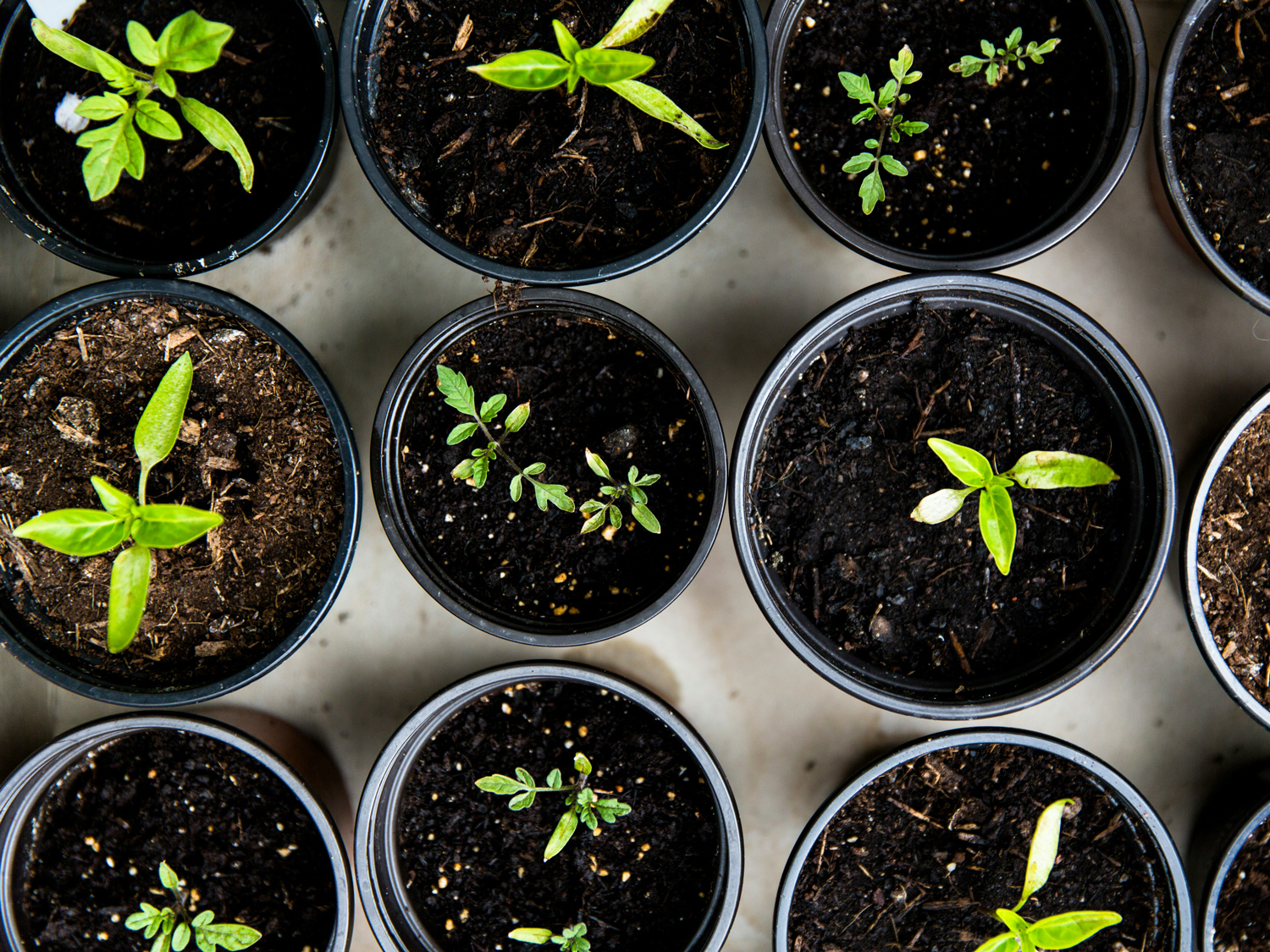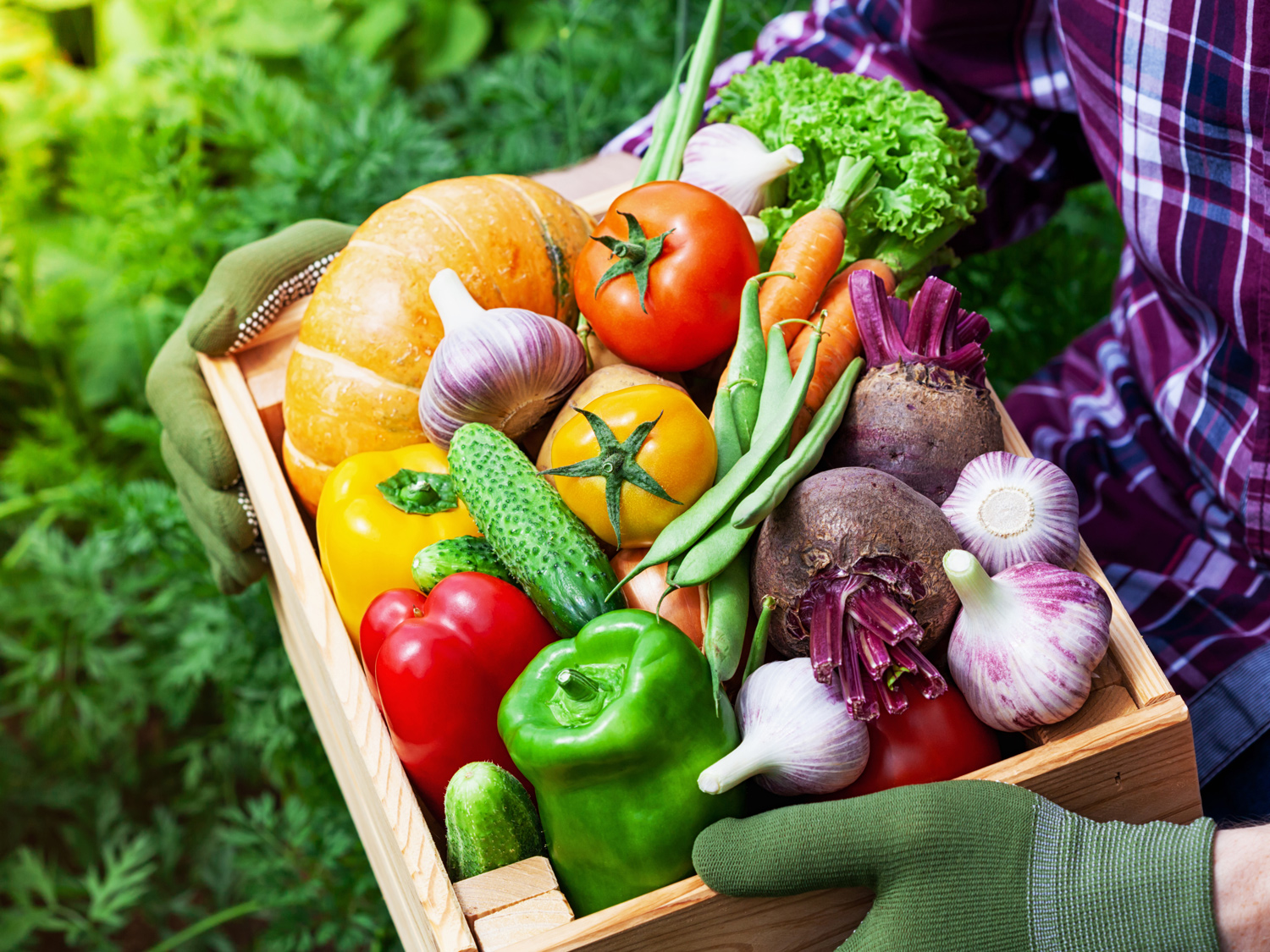Mix, Seeds for a Hummingbird Garden, Bonus Pack ~ 400 sqft


Out of stock
Temporarily Out of Stock- Sun Preference
- Full-Sun
- Bloom Time
- Spring, Summer, Fall
Description
Includes one packet each: Scarlet Runner Bean 'Magic Beanstalk,' Nasturtium 'Summer Charm,' Zinnia 'Scarlet Flame'
Enjoy the iridescent beauty of hummingbirds as they drink from colorful, nectar filled flowers. Includes 3 easy-to-grow hummingbird favorites with full planting & design information.
These flowers offer an ideal combination of different blossoms and vegetation at varying height levels, providing your intended visitors with a choice of where to feed, rest and roost.
Seed Starting Successfully
Start your garden from scratch with Gertens' wide variety of seed packets! Whether you're a seasoned gardener or just starting out, we have seeds for every skill level and garden size. From colorful flowers to delicious vegetables, our seeds are carefully selected for their quality and performance.
Details
TWO DESIGN IDEAS
Plant your hummingbird flower garden in a rectangular bed or border with tall, medium and low flowers from back to front, OR plant in a circle garden with the tall climber in the center, surrounded by the middle and then lower growing flowers.
At the back of the border OR climbing up a central trellis in a circle garden, climbing Scarlet Runner Beans offer abundant coral-red blossoms that hummers love to sip.
At mid-level, Scarlet Flame Zinnias bright red flowers make a splash of color easy for hummers to see from a distance.
At front of the border OR on the outside of the circle, low mounding Summer Charm Nasturtiums are a sure fit for hummingbirds' nectar-seeking bills.
CREATING HUMMINGBIRD HABITAT
Plant as big an area as possible to create explosive bursts of color that can be seen easily from the air. Hummingbirds expend an extraordinary amount of energy for their size, and require an enormous amount of food – you just can't have too many flowers! After locating convenient nectar sources, these intelligent little creatures follow a foraging routine in a relatively small area despite their ability to roam and will return for ongoing meals from your garden.
These flowers offer complete natural meals: while nectar is their primary food source, blossoms also harbor small insects that are protein sources for the diminutive birds, so hummingbirds will help in your garden by dining on aphids and other tiny insects they snap up in their sharp pointed bills while simultaneously pollinating them.
Design elements such as a handsome trellis for your climbing runner bean blossoms provide a convenient, stationary perch where these territorial little birds can survey their entire domain. Enjoy watching them as they dine, hover, socialize, argue and perch, wings vibrating with amazing speed and grace, flying furiously up and down, backward, forward, even upside down amongst your colorful flowers.
More Information
| Brand | Renee's Garden |
|---|---|
| Seed Packet Type | Value Packs |
| Common Family Name | Assortment/Mix |
| Sun Preference | Full-Sun |
| Deer Resistant | No |
| Bloom Time | Spring, Summer, Fall |
| Plant Life Cycle | Annual |


